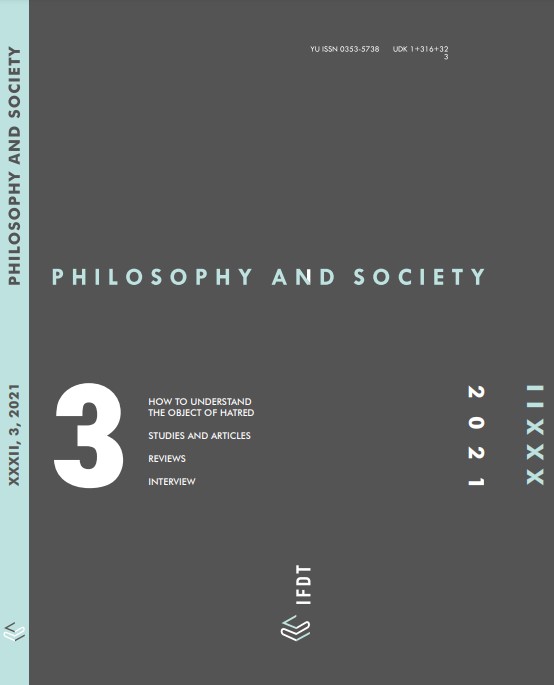WARFARE AND GROUP SOLIDARITY: FROM IBN KHALDUN TO ERNEST GELLNER AND BEYOND
WARFARE AND GROUP SOLIDARITY: FROM IBN KHALDUN TO ERNEST GELLNER AND BEYOND
Author(s): Siniša MaleševićSubject(s): Social psychology and group interaction, Studies in violence and power
Published by: Institut za filozofiju i društvenu teoriju
Keywords: Ibn Khaldun; Ernest Gellner; group solidarity; war; sociology of violence
Summary/Abstract: Ibn Khaldun and Ernest Gellner have both developed comprehensive yet very different theories of social cohesion. Whereas Ibn Khaldun traces the development of intense group solidarity to the ascetic lifestyles of nomadic warriors, for Gellner social cohesion is a product of different material conditions. In contrast to Ibn Khaldun’s theory, where all social ties are generated through similar social processes, in Gellner’s model the patterns of collective solidarity change through time, that is, different societies produce different forms of social cohesion. While Ibn Khaldun argues that asbiyyah is the backbone of group unity in all social orders, Gellner insists that modern societies are underpinned by very different type of collective solidarity than their premodern counterparts. In this paper I offer a critique of Ibn Khaldun’s and Gellner’s theories of social cohesion and develop an alternative explanation, which situates the social dynamics of group solidarity in the organizational and ideological legacies of warfare.
Journal: Filozofija i društvo
- Issue Year: 32/2021
- Issue No: 3
- Page Range: 389-406
- Page Count: 18
- Language: English

